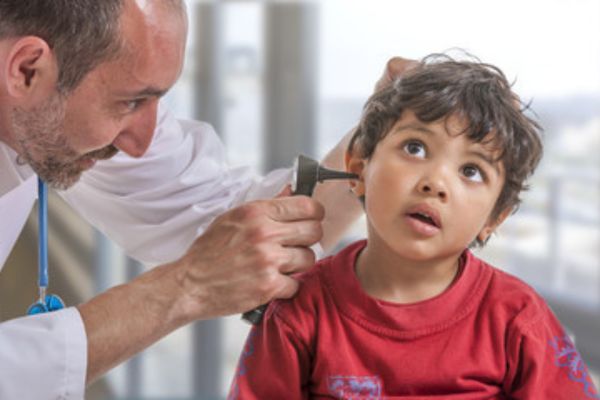

9 December 2024
For residents of Howrah and surrounding areas, Nabanir Hospital, recognized as the best ENT hospital in Howrah, offers advanced facilities and experienced specialists for diagnosing and treating throat-related conditions, including cancer.
In this context, we are providing some important information about throat cancer myths vs. facts that you need to know.
Throat cancer, a type of cancer affecting the throat (pharynx), voice box (larynx), or tonsils, is often surrounded by misconceptions that can lead to confusion and unnecessary fear. Debunking these myths and understanding the facts is crucial for awareness, prevention, and early diagnosis. Here, we tackle some common myths about throat cancer and reveal the facts to set the record straight.
Fact:
While smoking and excessive alcohol consumption are significant risk factors for throat cancer, they are not the sole causes. Other factors such as human papillomavirus (HPV) infection, a family history of cancer, and exposure to certain chemicals or pollutants can also increase the risk. Additionally, non-smokers and non-drinkers are not immune to throat cancer, making regular screenings and attention to symptoms critical for everyone.
Fact:
Although throat cancer is more common in individuals over 50, it can occur at any age. The rise in HPV-related throat cancers has led to an increase in cases among younger adults. Early lifestyle choices and safe practices, such as HPV vaccination, play an essential role in reducing risk across all age groups.
Fact:
Symptoms of throat cancer can often mimic less severe conditions like a sore throat, hoarseness, or persistent cough, making them easy to overlook. Other signs include difficulty swallowing, ear pain, unexplained weight loss, or a lump in the neck. Awareness of persistent or unusual symptoms lasting more than two weeks is vital, as early detection significantly improves treatment outcomes.
Fact:
While not all cases of throat cancer can be prevented, several measures can significantly reduce the risk:
Fact:
Early detection and advancements in medical treatments have significantly improved throat cancer survival rates. The stage at which cancer is diagnosed plays a crucial role in treatment success. For localized throat cancer, survival rates are much higher compared to cancer that has spread to other parts of the body. Regular check-ups and seeking medical attention for persistent symptoms can save lives.
Fact:
While throat cancer is more prevalent in men, women can also develop the disease. The risk factors are similar for both genders. Awareness campaigns should address everyone to ensure no demographic is left uninformed or underserved in preventive care.
Fact:
This is a common misconception. A biopsy, a procedure to collect tissue for analysis, is a safe and essential diagnostic tool. It does not cause cancer to spread. Delaying a biopsy due to this myth can hinder early diagnosis and treatment.
Fact:
Treatment options for throat cancer depend on the location, stage, and extent of the disease. While surgery can impact the voice in some cases, modern treatments such as radiation therapy, chemotherapy, or minimally invasive surgical techniques aim to preserve as much function as possible. Speech therapy can also help patients regain their voice after treatment.
One of the biggest hurdles in addressing throat cancer is the stigma and misinformation surrounding it. Open conversations, education, and advocacy are necessary to dispel myths and encourage people to seek timely medical advice.
If you experience persistent throat discomfort, hoarseness, difficulty swallowing, or other unusual symptoms, consult a healthcare provider promptly. Early diagnosis is key to effective treatment.
Understanding the facts about throat cancer is the first step toward prevention, early diagnosis, and successful treatment. By debunking myths, we can empower individuals with the knowledge needed to make informed decisions about their health. Stay informed, prioritize regular check-ups, and encourage awareness within your community—knowledge truly is the best defense.




